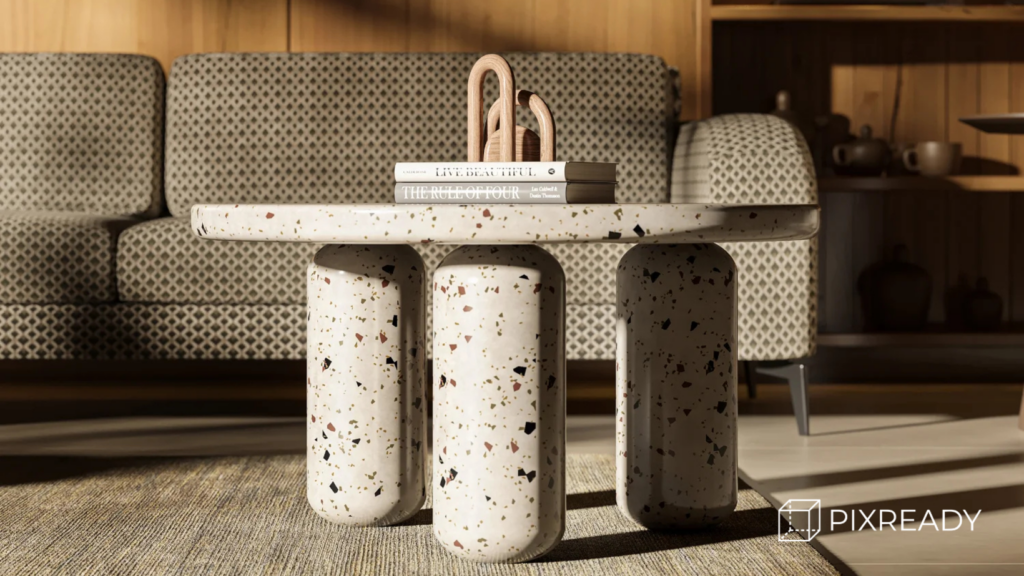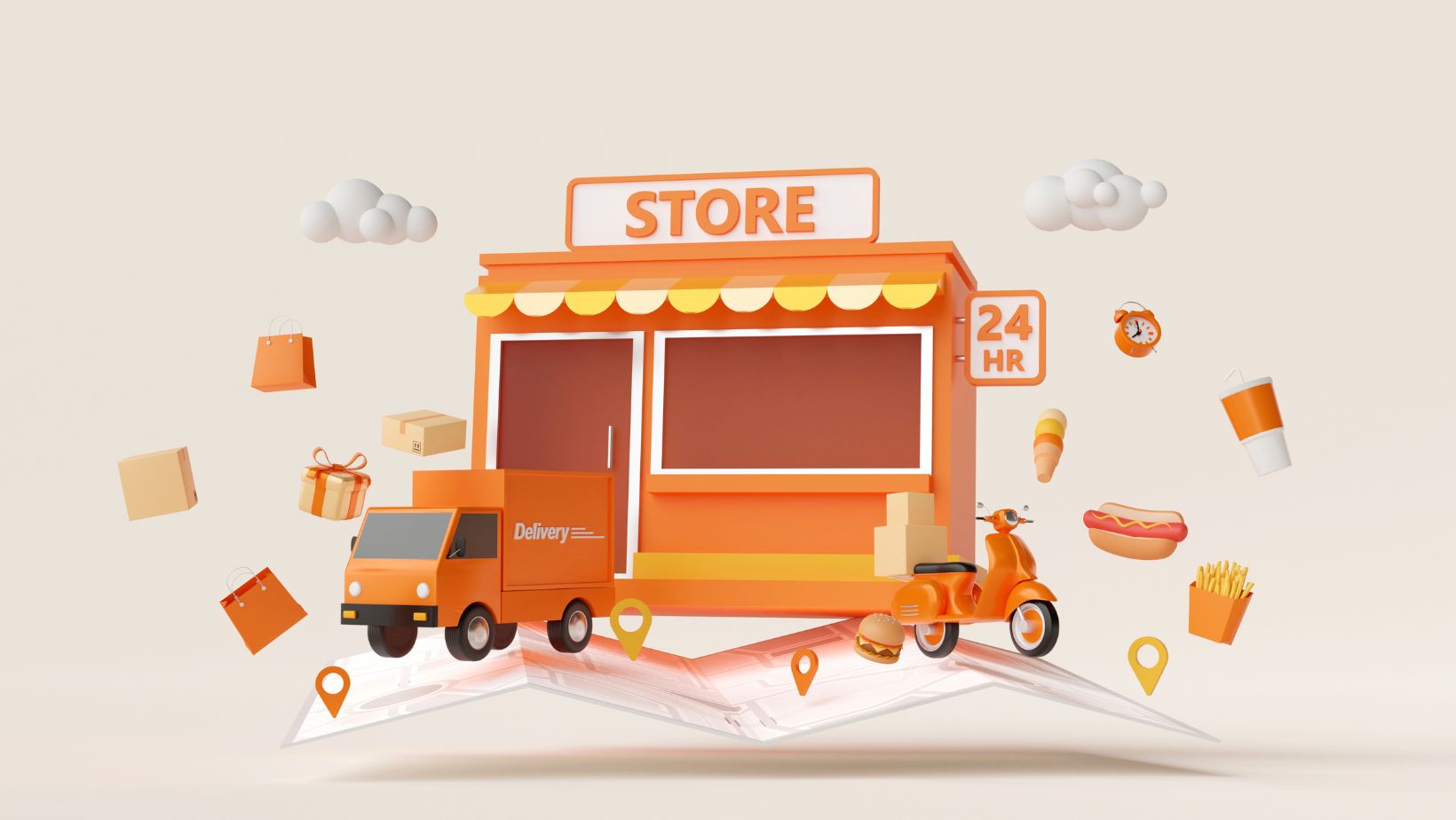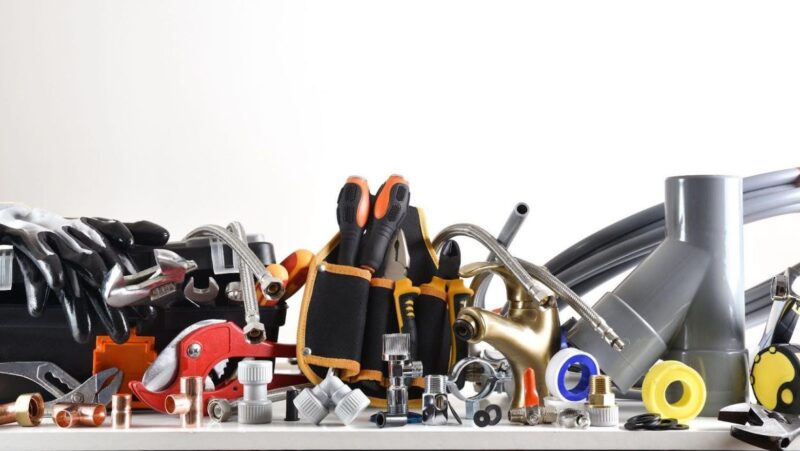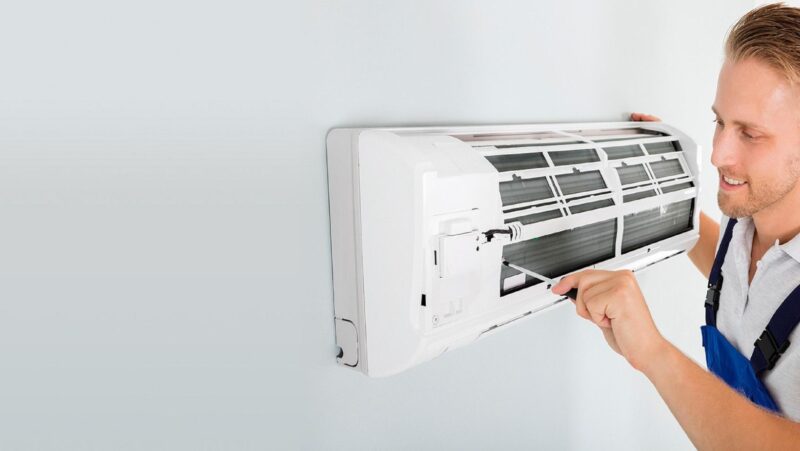
3D rendering is a game-changer for e-commerce stores, offering numerous benefits that enhance the shopping experience, reduce costs, and drive growth. From improving product visualization and customer engagement to enabling customization and future-proofing your business, this technology is a valuable investment for any online retailer.
Enhanced Product Visualization
Traditional product photography, while effective, often has limitations. Customers may struggle to fully understand a product’s size, texture, and functionality from static images. By implementing product visualization services, you can eliminate this issue by providing highly detailed, dynamic visuals that showcase products from every angle. With 3D models, customers can zoom in, rotate, and interact with the product, gaining a comprehensive understanding of its features. This immersive experience reduces uncertainty and builds buyer confidence, ultimately increasing sales.
Cost-Effective Content Creation
Producing high-quality product images through traditional photography requires substantial time, effort, and resources. The costs can quickly add up, from hiring photographers and renting studio space to creating prototypes for photoshoots. 3D rendering simplifies this process. Once a digital model is made, it can be reused and modified for various purposes, eliminating the need for repeated photoshoots.
Additionally, 3D rendering allows you to generate visuals for products that have yet to be manufactured. This capability is especially beneficial for pre-orders or product launches, enabling you to market items before committing to production.
Improved Customer Engagement
3D-rendered visuals are inherently more engaging than static images or text descriptions. They allow customers to interact with products in an intuitive and lifelike way. This interaction captures attention and keeps visitors on your site longer, increasing the likelihood of conversion.
Interactive 3D experiences, such as virtual try-ons for clothing or augmented reality (AR) features that let customers place items in their environment, further enhance engagement. For example, a customer shopping for eyeglasses can use 3D rendering technology to try on different frames virtually, finding the perfect fit and style without leaving their home.
Reduced Return Rates
Product returns are a significant challenge for e-commerce businesses. They often result from customers receiving items that do not meet their expectations. 3D rendering helps mitigate this issue by providing accurate and detailed representations of products.

For example, a customer buying a rug can use 3D tools to visualize its size and design within their space, ensuring it matches their expectations. This level of accuracy reduces the chances of dissatisfaction and the associated costs of returns and exchanges.
Scalability and Flexibility
As your e-commerce store grows, so do your product offerings. Keeping up with the visual content demands of an expanding inventory can be daunting with traditional photography. 3D rendering offers a scalable solution, allowing you to create consistent and high-quality visuals for any number of products.
Enhanced Marketing Opportunities
3D-rendered content presents a vast array of creative opportunities for marketing endeavors. With striking product animations and interactive advertisements, 3D visuals enable your brand to differentiate itself in a competitive market. Social media platforms prioritize visually engaging content, positioning 3D rendering as a powerful asset for increasing engagement and expanding reach.
Moreover, 3D models can be seamlessly incorporated into virtual showrooms or augmented reality experiences, resulting in immersive campaigns that effectively engage your audience. These sophisticated marketing approaches improve brand perception and draw in tech-savvy consumers who appreciate innovation.
Support for Customization and Personalization
Modern consumers crave personalized shopping experiences. 3D rendering makes it easy to offer customization options, allowing customers to tailor products to their preferences. Whether choosing a specific color, material, or size, interactive 3D tools allow customers to design products that meet their unique needs.
Competitive Advantage
Adopting 3D rendering technology positions your e-commerce store as an industry leader. As more businesses embrace this technology, customers will expect it to be a standard feature. By integrating 3D rendering early, you can differentiate your brand and establish yourself as a pioneer in delivering cutting-edge shopping experiences.

Additionally, 3D rendering helps level the playing field for smaller e-commerce stores. By investing in high-quality visuals, even small businesses can compete with larger retailers, attracting and retaining customers with a professional and polished online presence.
Future-Proofing Your Business
The e-commerce landscape constantly evolves, with new technologies and trends shaping customer expectations. 3D rendering is not just a current advantage—it’s a step toward future-proofing your business. As virtual reality (VR), augmented reality (AR), and the metaverse gain traction, having 3D assets already in place will make it easier to adapt to these emerging platforms.
Conclusion
As customer expectations continue to rise, adopting 3D rendering can help your e-commerce store stand out in a crowded marketplace. By providing interactive and immersive experiences, you not only meet the needs of today’s shoppers but also pave the way for long-term success in the ever-evolving world of e-commerce.



